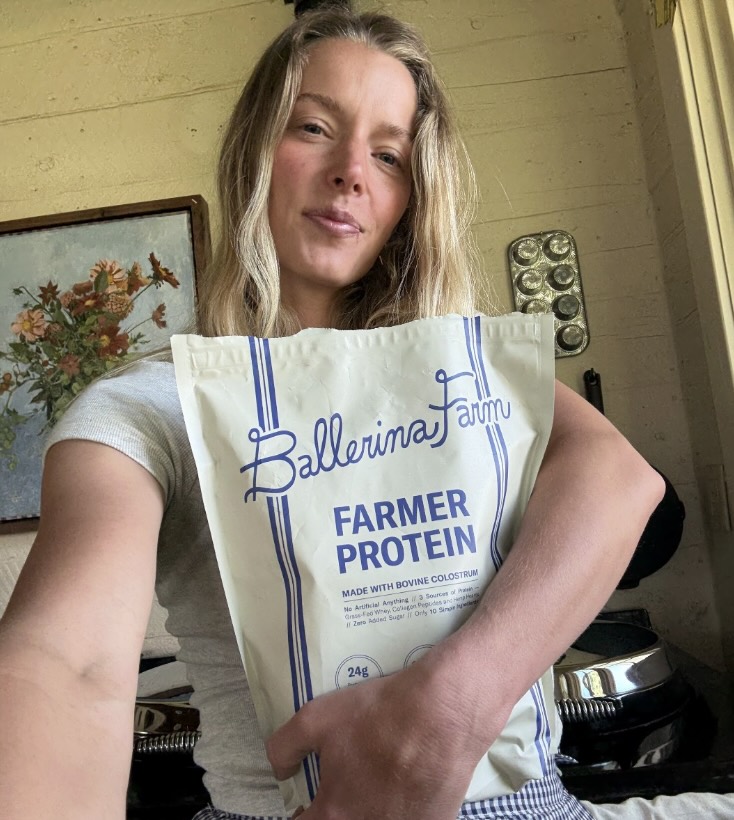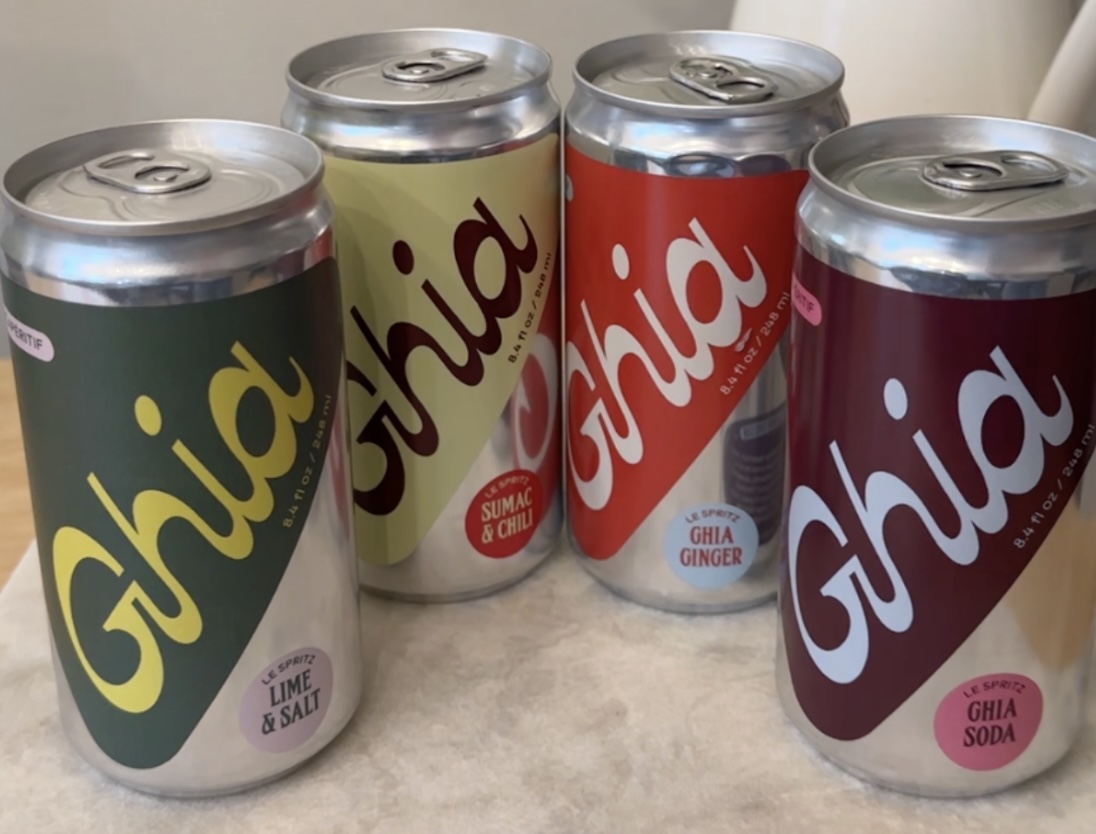Our team is dedicated to finding and telling you more about the web’s best products. If you purchase through our links, we may receive a commission. Our editorial team is independent and only endorses products we believe in.
One of the best assets you can have while hosting is the element of surprise. When I had a group of friends over for dinner last week, I filled their wine glasses in the secrecy of my kitchen. Team White Wine got a crisp, chilled, minerally sipper while those who preferred red received a glass of jammy, crushable vino — with neither aware of what kind of bottle I'd poured for them. It was only after they tasted their wine that I did my surprise reveal: the wines didn't come from a bottle. They came straight from a box.
Yes, the days of slapping the bag are gone and the future's a whole lot bougier. Ami Ami has boxed up two absolutely delicious wines, with complexity and French bona fides you'd never expect to find behind cardboard. I'm not here to knock Franzia — who furnished far too many college memories for me to scorn them now — but to say the difference in taste is astronomical would still be putting it mildly.
All of which naturally begs the question: why put it in a box? And while the eye-catching gimmick of it all certainly cannot be denied, the founders are adamant that it's led to a better — and more sustainable — product.
We like
+ Delicious, nuanced flavor (the first time we've ever said that about boxed wine)
+ Gorgeous design that's a conversation starter at any party
+ Much longer shelf life than a traditional wine bottle -- by a factor of weeks
We don't like
- It can be slightly awkward to fish out the spout without tearing through extra cardboard
- Only two blends to choose from (for now at least)

INTO-THE-BOX THINKING
As someone who diligently recycles every wine bottle I go through, I was stunned to find that more than ⅔ of glass in the US isn't recycled and ends up in a landfill instead. That's just the tip of the iceberg when it comes to glass' carbon footprint: it also takes an immense amount of energy to produce and ship, to say nothing of its breakability and the waste that can lead to in and of itself.
Ami Ami's box, on the other hand, has half of the carbon impact of a traditional glass bottle. More than that, boxed wine stays fresh for up to six weeks — and if you've ever had to pour out wine that's soured after 36 hours, that's one hell of a selling point. Their 1.5-liter boxes (the equivalent of two 750-milliliters bottles) make a great sharing size for a larger group, but due to their longer shelf life they also fit the solo sipping lifestyle. There's no need to rush through to beat the expiration… though when the wine tastes this good, we wouldn't blame you if you did.

RED OR WHITE?
Though the orange wines and rosés of the world have broadened out the color spectrum, the classic choice when selecting wine will always be red or white. Ami Ami keeps it simple with just one offering on either side (for now), a Vin Rouge and Vin Blanc — available for $32 each or $64 for The Iconic Duo. Both are made entirely with grapes from the south of France and bottled locally, before being distributed out of Healdsburg, California — the heart of another stellar wine region, the Russian River Valley.
Now I'll admit that more often than not, I'm buying wine that has a killer label. Especially if I'm bringing it to a party, why not maximize the wow factor? One of the savviest choices Ami Ami has made is to go all out on their packaging: their boxes are bold, Italo-inspired triumphs that frankly make bottles look passé. The graphics, designed by LA- and Montreal-based Wedge, are an ode to Italian futurist painter Fortunato Depero and his 1920s ad campaigns for Campari — and so eye-catching that they practically demand to be shown off.
Yet all that would be moot if the contents tasted like… well, like other boxed wine. In fact, Ami Ami couldn't be further from it. The Vin Blanc has a nice amount of body for white wine, with a balanced, citrus-y taste that's not too acidic or cloying. It's made of 50% Sauvignon blanc, 50% Chardonnay and 10% Mauzac grapes — and if you think of yourself as a Chardonnay hater because of the Napa style, I assure you that French Chardonnay is an entirely different ball game. Unlike poorly made white wine, I preferred my glasses of Ami Ami's Vin Blanc once the fridge chill began to thaw a little. There are enough delicious tasting notes here that there's no need to mask them with a deep-freeze.

And with the warmer months upon us now, I'm delighted to say that the Vin Rouge is still delicious for sunshine sipping. It's light-to-medium bodied and fruit forward, but notes of berries and fresh plums keep things from reading as overly sweet. I found it just as refreshing as the Vin Blanc, without that tannic aftertaste that can make reds overbearing. It's 100% Syrah and can stand up to food when the occasion calls — when's the last time you could say that about a Bota Box?
A TOAST TO THE FUTURE
It's not hyperbole when I say that I think Ami Ami could be a paradigm shift. Especially as more and more brands put sustainability at the forefront, the increased shelf life and decreased waste involved in boxing wine is kinder both to the planet and to our wallets. It's a genuinely exciting novelty to read about boxed wine that's been fermented in stainless steel, and sourced from Mediterranean soil on the southern French-Spanish border. Rare is the opportunity to truly find the best of both worlds: the innovation of a new approach with all the pleasures of long-standing tradition.
So per my crystal ball, it's only a matter of time before countless competitors start catching up. In the meantime, I'll be toting my boxes of Ami Ami to every beach day, pool party, and dinner hang on the horizon. Being on the cutting edge never tasted so good.

























